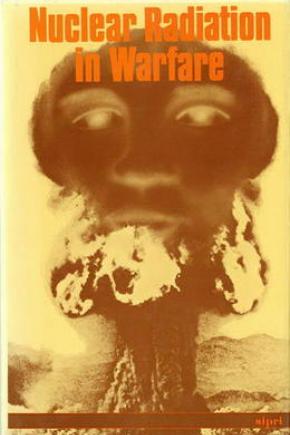Nuclear Radiation in Warfare
Although nuclear weapons have not been used in war since the Hiroshima and Nagasaki bombings in 1945, the arms race has continued unabated. Qualitative improvements mean that the weapons in the nuclear arsenals of today seem increasingly suited to fighting rather than deterring a nuclear war. This change of emphasis and growing discussion about the feasibility of limited nuclear war have led to renewed interest in the consequences of the use of nuclear weapons.
This book examines the wide range of methods of exploiting the acute and long-term effects of radiation in nuclear weapons. It documents the various kinds of radiation which result from nuclear explosions and the factors affecting the biological response to radiation. The biological effects of radiation on man are described in some detail, and the difficulties of making a quantitative estimate of casualties in a nuclear war are explained. One estimate quoted shows that the number of immediate fatalities in a nuclear war between the major powers could go up to 320 million, with many millions of subsequent deaths. All such calculations involve large uncertainties, but in theory the effects of radiation alone might threaten the survival of mankind.
Attacks on nuclear power stations, radiological warfare, and terrorist activities are also discussed as other warlike uses of radiation.
1. Introduction
2. Digest of nuclear weaponry
3. Biological effects of radiation on man
4. Radiations from nuclear explosions
5. Radiation casualties in a nuclear war
6. Effectiveness of civil defence
7. Other warlike uses of radiation
8. Conclusion

